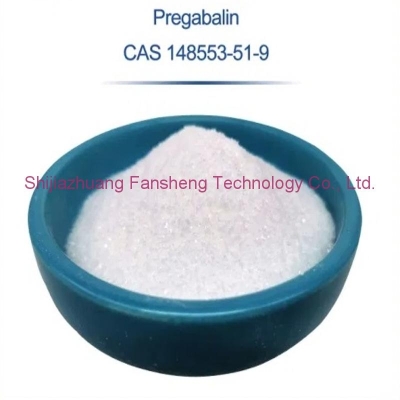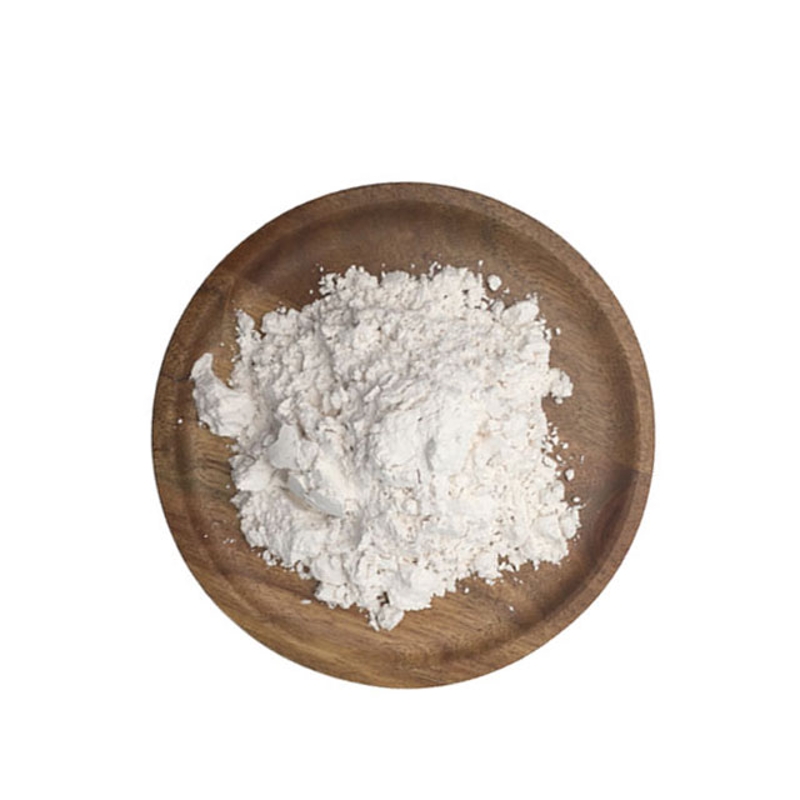-
Categories
-
Pharmaceutical Intermediates
-
Active Pharmaceutical Ingredients
-
Food Additives
- Industrial Coatings
- Agrochemicals
- Dyes and Pigments
- Surfactant
- Flavors and Fragrances
- Chemical Reagents
- Catalyst and Auxiliary
- Natural Products
- Inorganic Chemistry
-
Organic Chemistry
-
Biochemical Engineering
- Analytical Chemistry
- Cosmetic Ingredient
-
Pharmaceutical Intermediates
Promotion
ECHEMI Mall
Wholesale
Weekly Price
Exhibition
News
-
Trade Service
iNature
Neonatal hypoxic-ischemic encephalopathy (HIE) refers to neonatal cerebral hypoxic-ischemic injury
due to asphyxia and other reasons during the perinatal period.
The incidence of HIE in live births in China is about 3-6‰, which is one of the main causes of neonatal nervous system damage and even death, and about 5-100,000 newborns in China are deeply troubled by HIE every year, which seriously affects the quality of life of the child and brings a heavy burden
to society and family.
In the early stage, researcher Xiong Man participated in the basic and clinical translational research of hypothermia in the treatment of HIE carried out by Professor Zhou Wenhao's team, and proved that hypothermia can reduce the risk
of disability in children with HIE by 30%.
However, clinically, there are still a large number of children with HIE who miss the 6-hour treatment window or severe HIE (about 30%), resulting in ineffective hypothermia treatment, and there is currently no effective treatment for these children, and new treatment strategies
need to be developed.
On December 15, 2022, Professor Xiong Man of the Center for Frontier Science of Brain Science of Fudan University collaborated with Professor Chen Yuejun of the Center for Excellence of Brain Intelligence of the Chinese Academy of Sciences and Professor Zhou Wenhao of the Affiliated Pediatric Hospital" Functional reconstruction of basal ganglia neural circuit by human stem cell derived striatal neurons in hypoxic-ischemic injured brain "Published in BRAIN, an authoritative academic journal in the field of international neuroscience, the study reported for the first time that transplanting human pluripotent stem cell-derived fate-determined striatal nerve precursor cells into the brain striatum of hypoxic-ischemia-injured minor mice can structurally and functionally reconstruct and repair damaged basal ganglion circuits in the HIE brain, and improve motor dysfunction
in HIE model mice in the long term.
the degree of basal ganglion damage.
The basal ganglia are mainly composed of nuclear groups such as the striatum, globus pallidus, substantia nigra and hypothalamus, which are responsible for regulating the body's voluntary movements
。 As a key nucleus in the damage of the basal ganglion circuit in HIE brain injury, the striatum not only receives neural input from the upstream cortex, but also receives neural input from the substantia nigra, and these input signals are projected through GABA medium-sized spiny neurons (MSN, accounting for more than 95% of striatal cells) in the striatum to the direct and indirect pathways composed of the globus pallidus and substantia nigra brain area for neural output Finally, after merging into the hypothalamus for information integration, instructions are issued to the motor cortex of the brain to regulate the body's motor function (as shown below).
Fig.
1 (cited in Neuron.
2008 November 26; 60(4): 543–554) In response to the characteristics of HIE brain injury, the research team directed the differentiation of human embryonic stem cells into fate-determined Striatal Neural Progenitors (SNPs), combined with Cripr/Cas9 gene editing technology, pseudorabies virus loop tracing technology and photo/chemical genetics technology.
The repair effect
of SNPs transplantation after HIE brain injury on damaged basal ganglion circuits, especially the striatum-globus pallidus and striatum-substantia nigra pathways, was deeply studied.
The results showed that human SNPs transplanted into the mouse striatum could survive in the HIE-injured brain and differentiate into striatal GABA projective energy neurons (DARPP32+-Ctip2+).
Positive, Fig2.
A), and significantly reduced brain area loss caused by HIE injury (compared with ACSF injection of artificial cerebrospinal fluid, Fig2.
B); Further staining with the human nerve cell-specific marker hNCAM showed that axons could grow 1-2 months after cell transplantation, specifically projected to the globus pallidus and substantia nigra regions of the host brain (Fig2.
C), the direct and indirect pathways of the basal ganglion circuit were reconstructed, and the nerve endings of the transplanted cells could form synaptic structures with host cells (Fig2.
D)
。 Fig.
2 Differentiation and Circuit Reconstruction of Transplanted Cells in the Striatum In order to explore whether exogenously transplanted human striatal GABA projective energy neurons can functionally repair the damaged basal ganglion circuits of the HIE brain, the researchers used patch-clamp electrophysiology combined with optogenetic techniques to record whether the transplanted cells were functionally integrated into the host's basal ganglion circuit
.
The results showed that the transplanted cells could not only receive the proximal host striatum (Fig.
3.
A) and cortical cells (Fig3.
B), and transplanted cells can regulate the host striatum (Fig.
3.
C) and the distal projection target—the substantia nigra region (Fig3.
D) activity of neurons, thereby demonstrating that transplanted cells can functionally integrate into upstream and downstream pathways of the host basal ganglion circuit
.
Fig.
3.
The functional integration of transplanted cells and host nerve cells is to further investigate whether transplanted cells can improve motor dysfunction in HIE model mice in the long term, and whether this improvement effect is causally related
to the type of transplanted cells and the functional output of the transplanted mass 。 The research team chose the transplanted GABA interneuron as the control, and the results proved that only the transplanted striatal GABA projective energy neuron could improve the motor dysfunction of the animal in the long term, and the activity of the transplanted cells was inhibited by intraperitoneal injection of NON, and the behavioral recovery of HIE model animals was significantly inhibited, thus proving that there is a causal relationship
between long-term behavioral recovery of HIE model animals and transplanted block function.
This study is the first to analyze the effect and loop mechanism of stem cell therapy HIE, and provides important preliminary data and suitable cell types
for stem cell therapy of neonatal hypoxic-ischemic brain injury, a clinically severe disease.
Dr.
Xiaoli Ji of Fudan University and Dr.
Yingying Zhou of the Center for Excellence in Brain and Intelligence of the Chinese Academy of Sciences are co-first authors
of the paper.
Xiong Man, a researcher at the Institute of Brain Sciences, Fudan University, has long been engaged in stem cell therapy for brain diseases and the mechanism of developmental brain diseases, and has published many papers
in many international authoritative journals such as Cell Stem Cell (3 papers), Cell Reports, JCI, and iScience.
Due to the needs of work, Xiong Man's research group plans to recruit 1-2 postdoctoral fellows and 1 research assistant, and interested students are requested to send their resumes to: man_xiong@hotmail.
com
.
Original link:
https://doi.
org/10.
1093/brain/awac358
—END—
The content is [iNature]







